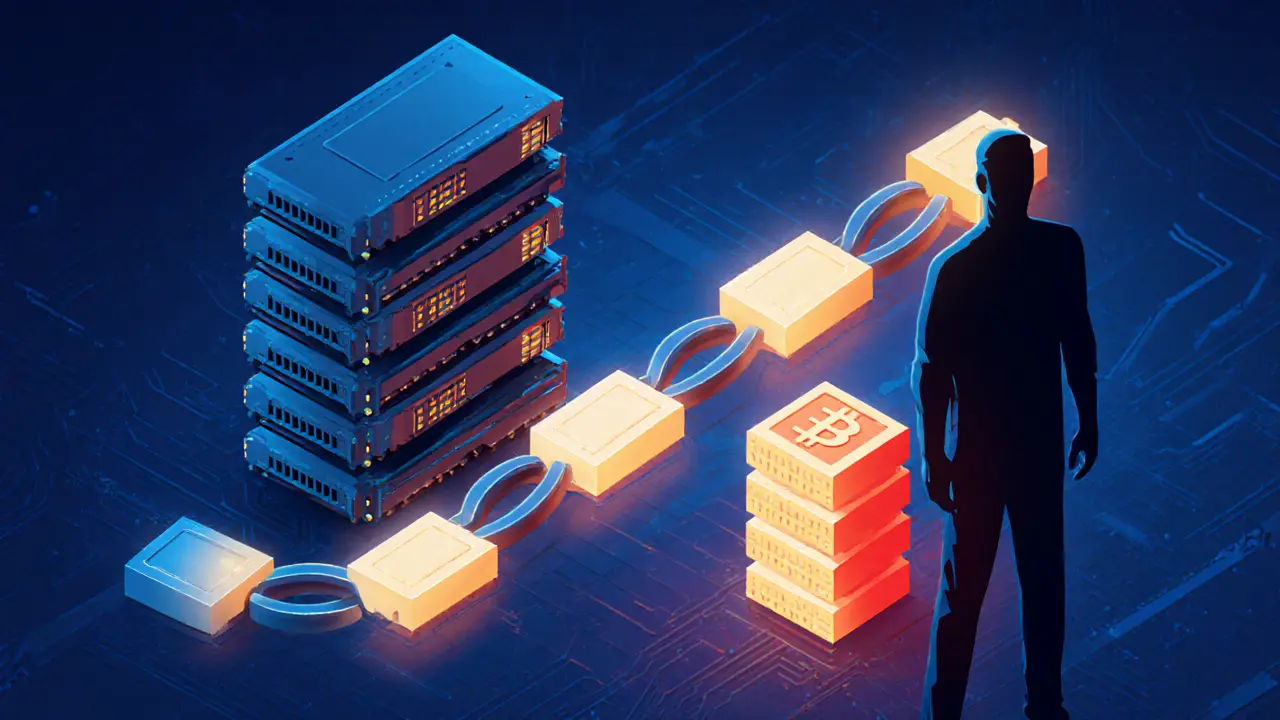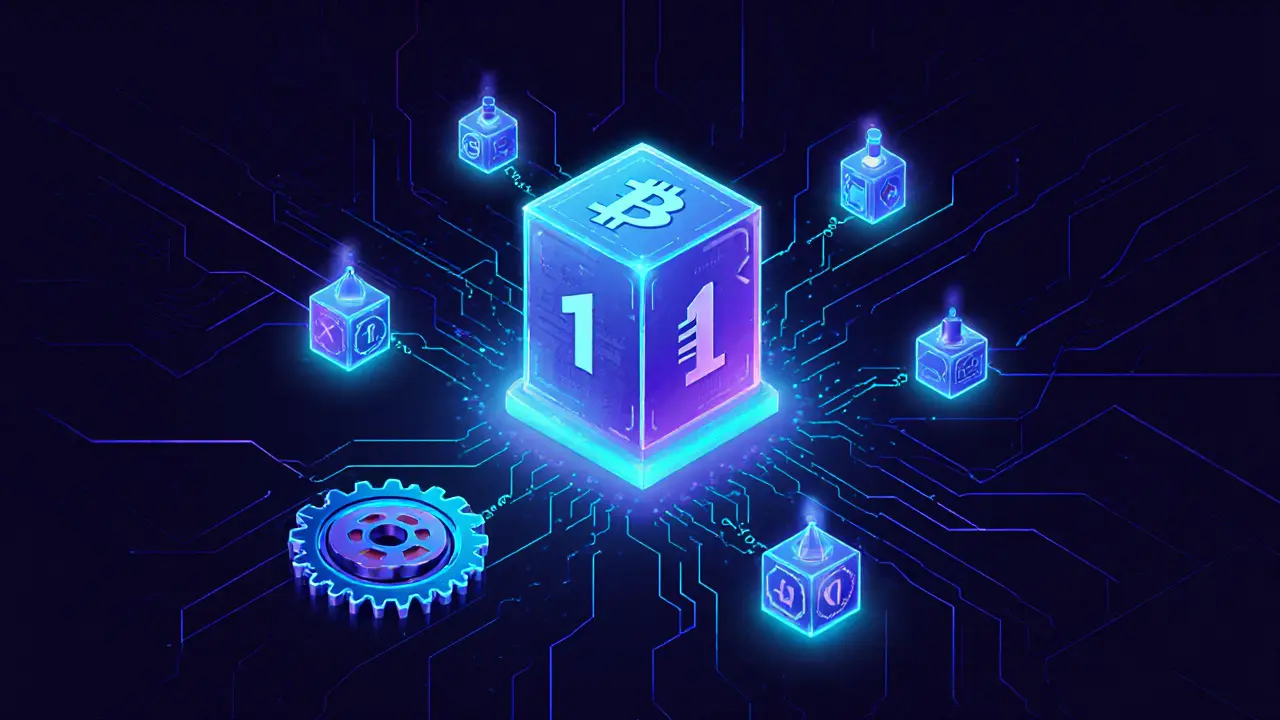Hash Rate Explained: Why It Matters for Crypto Mining
When talking about hash rate, the speed at which a cryptocurrency network processes hashing calculations, usually measured in hashes per second. Also known as mining speed, it tells you how much raw computing power is fighting for block rewards.
In practice, a higher hash rate means a tougher competition for miners, which pushes the Bitcoin, the first and most valuable cryptocurrency, network to generate blocks roughly every ten minutes. This race is directly tied to the network difficulty, the algorithmic setting that adjusts every 2016 blocks to keep block time stable. When hash rate climbs, difficulty climbs too, keeping the ecosystem balanced.
Key Players Behind the Hash Rate Race
Most of today’s hash power comes from specialized hardware known as ASIC miners, application‑specific integrated circuits built solely for mining. These machines can deliver terahashes per second, dwarfing older GPUs. Because ASICs dominate, a single manufacturer’s product launch can shift the global hash rate by millions of hashes in hours.
But mining isn’t free. The surge in hash rate drives up energy consumption, the electricity needed to keep mining rigs running 24/7. Countries with cheap power become hotspots, while regulators watch the environmental impact. This energy‑hash rate link often fuels policy debates, like the recent mining ban in China that reshaped the geographic distribution of hash power.
Understanding these connections helps you gauge market moves. When a new ASIC model hits the market, expect a short‑term hash rate jump, a difficulty reset, and often a dip in miner profitability. Conversely, if a major power‑grid restriction hits a mining hub, hash rate can fall, difficulty eases, and Bitcoin’s price may react.
Now, why should you care? If you’re a miner, knowing the current hash rate lets you calculate breakeven costs and choose the most efficient equipment. If you’re an investor, hash rate trends hint at network security—higher hash rate means a more resistant blockchain. And if you’re a policy watcher, hash rate spikes reveal where mining activity concentrates, informing energy regulation.
The collection of articles below dives deeper into each of these angles. You’ll find guides on how to read real‑time hash rate charts, breakdowns of the latest ASIC releases, analyses of how regional power policies affect mining, and strategies to protect your assets when difficulty shifts. Whether you’re new to crypto mining or looking to sharpen your tactical edge, this roundup gives you the context you need to make informed decisions.
Take a look at the posts ahead and see how hash rate intertwines with licensing rules, token economics, and exchange safety. The insights will help you connect the dots between raw computing power and the broader crypto ecosystem.

Why Small Cryptocurrencies Face High 51% Attack Risk
Oct 14, 2025, Posted by Ronan Caverly
Explore why small cryptocurrencies are prime targets for 51% attacks, see real case studies, understand the economics, and learn practical defenses to protect your assets.
MORE
How to Calculate Mining Difficulty in Bitcoin and Other Cryptocurrencies
Sep 10, 2025, Posted by Ronan Caverly
Learn how mining difficulty is calculated, why it changes, and what it means for Bitcoin miners. Get formulas, examples, and a practical checklist.
MORESEARCH HERE
Categories
TAGS
- crypto exchange review
- decentralized exchange
- cryptocurrency
- crypto coin
- CoinMarketCap airdrop
- smart contracts
- tokenomics
- cryptocurrency exchange safety
- crypto exchange
- cryptocurrency airdrop
- crypto airdrop
- cryptocurrency exchange
- crypto airdrop guide
- blockchain token distribution
- DeFi
- crypto exchange scam
- crypto airdrop 2025
- Ethereum
- cross-chain interoperability
- ERC-20
